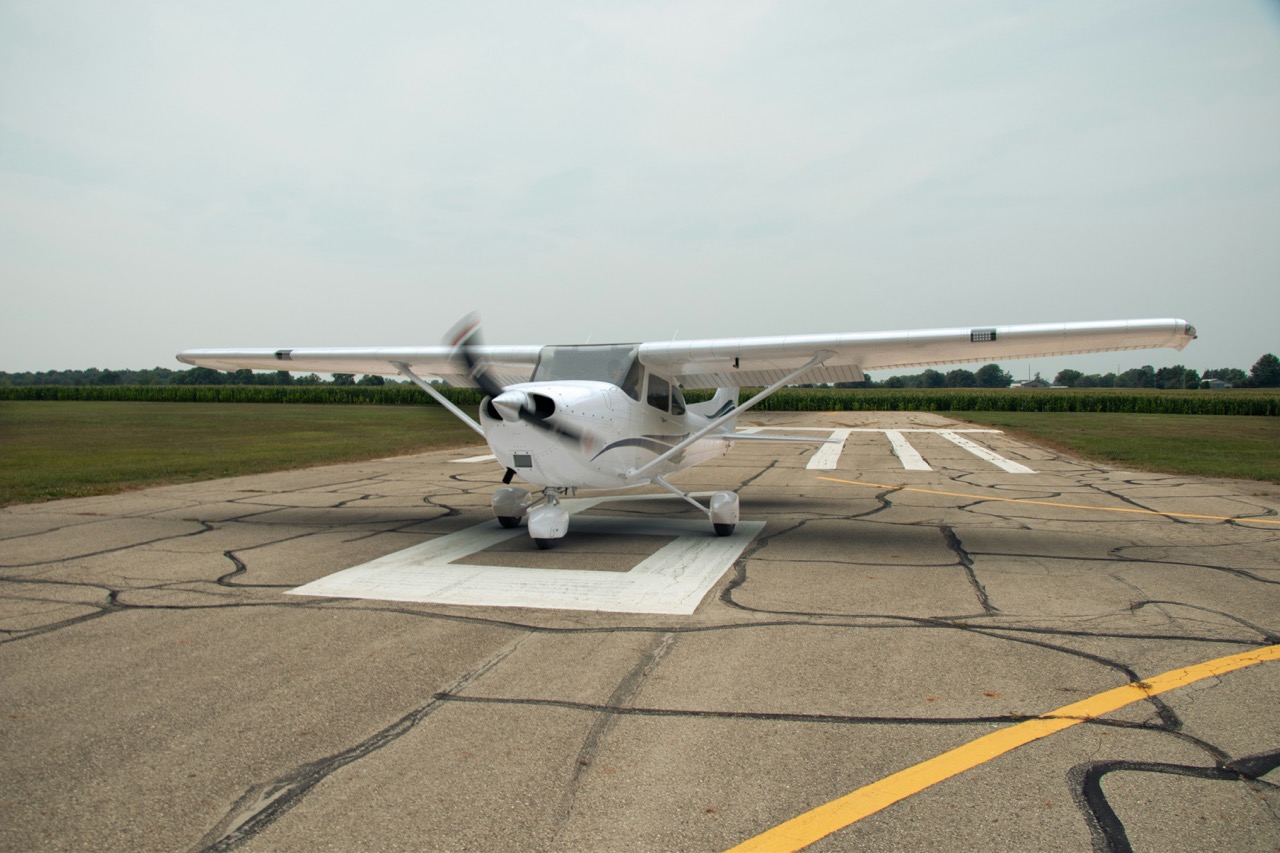Introduction
Dreams of soaring through the skies and piloting commercial aircraft can become reality with the right training and guidance. In India, where the aviation sector is burgeoning, choosing the right flying school for your Commercial Pilot License (CPL) is paramount. This decision not only influences your skill development and career trajectory but also impacts your ability to navigate the highly regulated and competitive world of aviation. This blog sheds light on the critical factors you should consider, ensuring your choice of flying school propels you towards your aviation dreams with the best resources at your disposal. Fasten your seatbelts; we’re about to take off on a journey to find your perfect training ground.
1. DGCA Approval
The Directorate General of Civil Aviation (DGCA) is the regulatory body in India overseeing aviation safety and standards. Ensure your chosen flying school is DGCA-approved, guaranteeing compliance with national aviation standards and regulations.
2. Comprehensive Training Facilities: The One-Roof Advantage
Choosing a flying school that offers ground classes, single-engine, multi-engine training, and simulator training under one roof presents a myriad of benefits. This integrated approach not only streamlines the learning process but also ensures consistency in the quality of training across different stages. Ground classes lay the theoretical foundation necessary for understanding the principles of flight, meteorology, navigation, and more, while hands-on training with single and multi-engine aircraft, complemented by advanced simulator sessions, equips students with practical skills and experience in a variety of flying conditions and scenarios.
3. The Strategic Edge of a Well-Equipped Airport
Training at a well-equipped airport with minimal air traffic offers a unique advantage. It ensures students gain experience in an environment that mirrors the operational standards of commercial aviation, yet without the pressure of high air traffic volumes. This setting allows for more focused training sessions, efficient use of time, and the opportunity to master air traffic communication and navigation with greater ease, laying a solid foundation for future commercial flights.
4. Advantages of Training on the Most Advanced Aircraft
Flying schools that boast the most advanced aircraft fleets provide students with a significant edge. Training on modern aircraft equipped with the latest technology and avionics prepares students for the complexities of contemporary commercial aviation. This exposure not only enhances safety and learning outcomes but also ensures that students are job-ready, familiar with current industry standards, and capable of operating next-generation aircraft.
5. The Impact of Robust Modern Infrastructure
A flying school with robust, modern infrastructure offers an environment conducive to learning and growth. State-of-the-art classrooms, briefing rooms, and training aids, along with well-maintained aircraft and simulators, reflect the school’s commitment to quality education and safety. Such facilities not only enrich the training experience but also attract experienced instructors, thereby ensuring a higher standard of education and preparation for the competitive aviation industry. The quality of instructors is critical. Experienced and passionate instructors not only impart knowledge but also inspire and motivate. Furthermore, a low student-to-instructor ratio ensures personalized attention and tailored instruction, crucial for addressing individual strengths and weaknesses.
6. Situated in a Vibrant City: Beyond the Runway
The location of a flying school in a vibrant city with all necessary facilities adds another layer of appeal. It ensures that students have access to comfortable living accommodations, healthcare, transportation, and recreational activities, contributing to a well-rounded and enjoyable training experience. Moreover, being in a city with good connectivity can ease the logistics of travel during training and offer more opportunities for employment and networking within the aviation sector post-graduation.
Conclusion
Choosing the right flying school in India is a decision that goes beyond the runway. It’s about ensuring a holistic learning environment that combines theoretical knowledge with practical experience, facilitated by advanced technology and supported by a conducive living and learning infrastructure. By prioritizing these key factors, aspiring pilots can navigate their way to a successful and fulfilling career in commercial aviation, ready to take on the skies with confidence and competence.
As you chart your course towards becoming a commercial pilot, remember that the right school can make all the difference in your aviation journey. Choose wisely, aim high, and the sky will truly be your limit.
